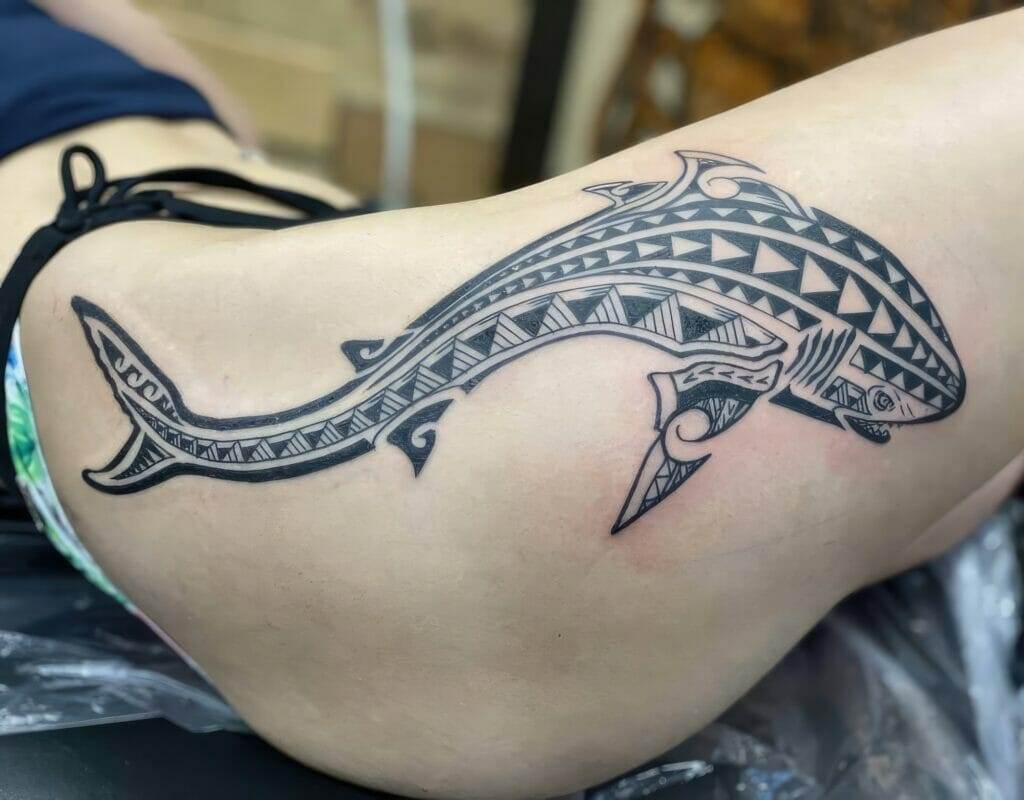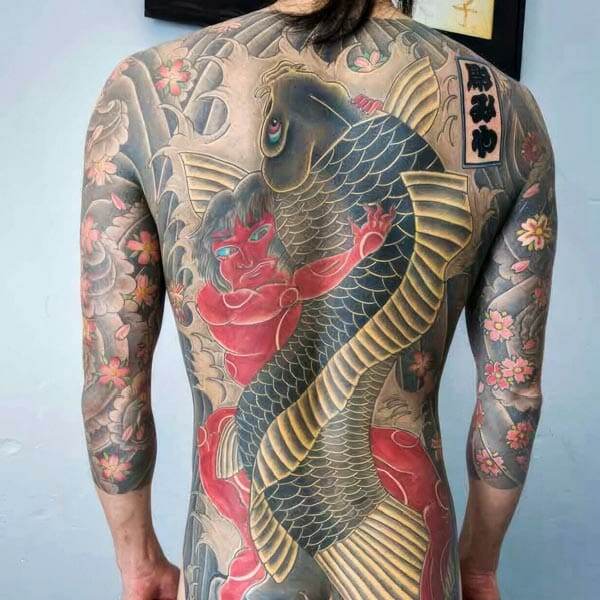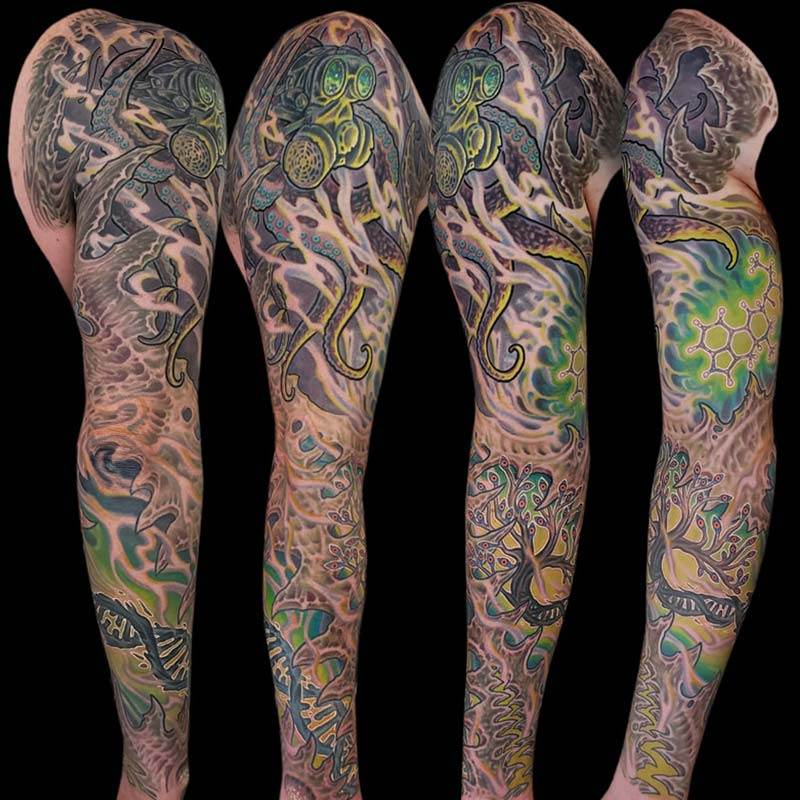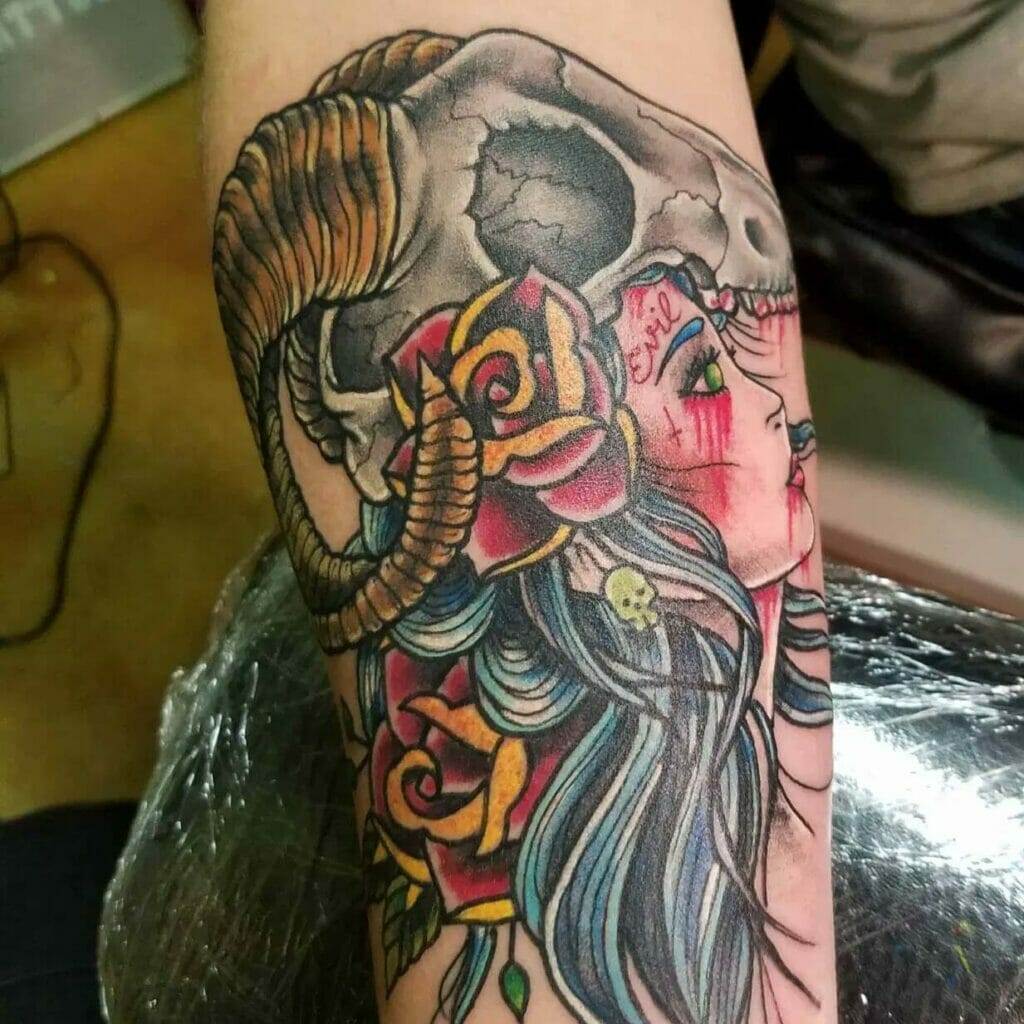Introduction
Tattoos have a rich history that dates back thousands of years. They were once considered taboo and reserved for a fringe section of society, but have now become a mainstream form of self-expression. Today, tattoos are not only popular among individuals all over the world but have also evolved into a diverse art form with various styles and techniques.
The history and significance of tattoos
Tattoos have been practiced by different cultures throughout history, with evidence of their existence dating back to ancient civilizations such as the Egyptians and the Greeks. These tattoos held deep cultural and religious significance and were used to symbolize specific rituals, achievements, or societal roles. In tribal communities, tattoos served as a form of identification and showcased one’s status within the group. They would often tell stories and represent a person’s lineage or personal experiences.
The growing popularity and diversity of tattoo art
In recent years, tattoos have gained immense popularity and acceptance in mainstream culture. This shift can be attributed to changing societal attitudes, increased exposure through media and celebrities, and advancements in tattooing techniques and equipment.
Tattoo art has become incredibly diverse, with a wide range of styles and designs available. From traditional American style tattoos to intricate Japanese irezumi, there is something for everyone. Tattoo artists have pushed the boundaries, experimenting with different color palettes, shading techniques, and incorporating elements of realism or abstract art.
In addition to the variety of styles, tattoos have become more accessible. Tattoo studios are now commonplace, making it easier than ever for individuals to get their desired design inked by a professional artist.
Tattoos have come a long way from their humble beginnings and are now a respected and celebrated form of self-expression. With their rich history and significance, combined with the growing popularity and diversity of tattoo art, they continue to evolve and captivate people around the world.
Traditional Polynesian Tattoos
Polynesian tattoo history and cultural significance
Polynesian tattoos have a deep-rooted history and play a significant role in the Polynesian culture. They originated in the islands of Polynesia, including Samoa, Tonga, and New Zealand. Polynesian tattoos, also known as tatau, hold great spiritual and cultural significance for the Polynesian people. They were traditionally used to denote social status, lineage, and personal achievements.
Polynesian tattoos were also believed to provide protection and serve as a form of spiritual guidance. The intricate designs were created using tools like bone combs and natural pigments, and the process of getting a tattoo was considered a sacred ritual.
Traditional Polynesian tattoo patterns and meanings
Traditional Polynesian tattoos feature bold, geometric patterns, often consisting of intricate lines and symbols. Each pattern holds its own meaning, representing elements from nature, ancestors, or important cultural beliefs.
Some common Polynesian tattoo patterns and their meanings include:
| Pattern | Meaning |
|---|---|
| Enata | Representation of humans and gods |
| Turtle shell | Longevity and fertility |
| Shark teeth | Protection and power |
| Marquesan cross | Balance between the spiritual and physical worlds |
| Manaia | Guardian spirit |
These meaningful patterns were traditionally tattooed on specific parts of the body, such as the chest, arms, or face, and often told a story about the individual.
Tribal Tattoos
Origin and cultural significance of tribal tattoos

Tribal tattoos have a rich history and deep cultural significance. They have been practiced by various indigenous cultures around the world, including Native Americans, Maoris of New Zealand, and tribes of Borneo, Africa, and Polynesia. Tribal tattoos were an integral part of these cultures, carrying symbols and meanings that reflected their beliefs, traditions, and connections to their ancestral heritage.
The origins of tribal tattoos can be traced back thousands of years. They were used to identify individuals within a tribe, mark important life milestones, and distinguish different tribes or social groups. In some cultures, tattooing was seen as a rite of passage, symbolizing bravery, strength, or spiritual connection.
Tribal tattoos were created using traditional methods and tools, such as sharpened sticks, bone needles, and natural pigments. The process of tattooing was often accompanied by rituals and ceremonies, making it a sacred and revered practice.
Popular tribal tattoo designs and symbolism
Tribal tattoos are known for their bold, black designs and geometric patterns. Each tribal design holds its own symbolism and meaning, representing aspects of nature, spiritual beliefs, or cultural heritage. Some popular tribal tattoo designs include:
- Maori: Maori tattoos, also known as moko, feature intricate spirals, curves, and straight lines. They symbolize social status, genealogy, and personal accomplishments.
- Native American: Native American tribal tattoos often feature elements like feathers, animals, and dreamcatchers. They represent spirituality, protection, and connection to nature.
- African: African tribal tattoos incorporate symbols like masks, animals, and tribal patterns. They signify strength, courage, and tribal traditions.
- Polynesian: Polynesian tribal tattoos, similar to Maori tattoos, use bold lines and symbols. They represent cultural heritage, strength, and spiritual connection.
Tribal tattoos continue to be a popular choice for self-expression and cultural appreciation. They showcase the rich history and significance of indigenous cultures, while also embodying strength, tradition, and personal identity.
Japanese Tattoos
The art of Japanese tattooing

Japanese tattoos, also known as irezumi, have a long and revered history in Japanese culture. Dating back to the Edo period, Japanese tattoos were seen as a form of artistic expression and a way to showcase one’s social status, loyalty, and dedication. The art form has since evolved, but it continues to be deeply rooted in Japanese tradition and aesthetics.
Irezumi
Irezumi is the term used to describe the traditional Japanese tattooing technique. It involves using hand-carved needles and natural pigments to create intricate and detailed designs on the skin. The process can be long and painful, requiring multiple sessions to complete a single tattoo. However, the result is a stunning masterpiece that embodies the wearer’s individuality and personal story.
Popular motifs and stories depicted in Japanese tattoos
Japanese tattoos often feature a variety of motifs and symbols, each with its own meaning and significance. Some popular designs include:- Koi fish: Symbolizing strength, determination, and perseverance.- Dragons: Representing wisdom, power, and good luck.- Cherry blossoms: Signifying the beauty and fleeting nature of life.- Geisha: Depicting elegance, grace, and femininity.
These motifs often tell stories and convey messages that are deeply rooted in Japanese folklore, mythology, and literature. They serve as a way for individuals to connect with their cultural heritage and express their values and beliefs through their tattoos.
In conclusion, Japanese tattoos encapsulate the rich traditions, stories, and artistic skills of the Japanese culture. They are not only aesthetically pleasing but also serve as a meaningful form of self-expression and cultural preservation.
American Traditional Tattoos
History and influence of American traditional tattoos
American traditional tattoos, also known as old school tattoos, have a rich history in American culture. These tattoos originated in the late 19th century and were popularized by sailors and military personnel. They were often seen as a form of identification, a way to commemorate important milestones, and a symbol of patriotism. American traditional tattoos are characterized by bold and vibrant colors, thick outlines, and iconic imagery.
During World War II, American traditional tattoos became even more popular as soldiers got tattoos to represent their loyalty and commitment to their country. The designs typically included images of eagles, anchors, roses, and flags. These symbols represented concepts such as freedom, strength, love, and bravery.
In the 20th century, artists like Norman Collins, also known as Sailor Jerry, played a significant role in shaping the American traditional tattoo style. His bold and timeless designs continue to influence tattoo artists today.
Comparing Japanese Tattoos and American Traditional Tattoos:
| Japanese Tattoos | American Traditional Tattoos |
|---|---|
| Intricate and detailed designs | Bold and iconic imagery |
| Multiple sessions to complete | Can be done in one sitting |
| Hand-carved needles | Modern tattoo machines used |
| Natural pigments | Wide range of colors |
| Cultural and mythological motifs | Patriotic symbols |
Both Japanese tattoos and American traditional tattoos are highly regarded for their artistic value and cultural significance. While Japanese tattoos focus on storytelling and symbolism deeply rooted in Japanese tradition, American traditional tattoos embody the bold and iconic imagery that represents American history and values. Ultimately, both styles offer individuals a powerful medium for self-expression and the opportunity to connect with their cultural heritage.


